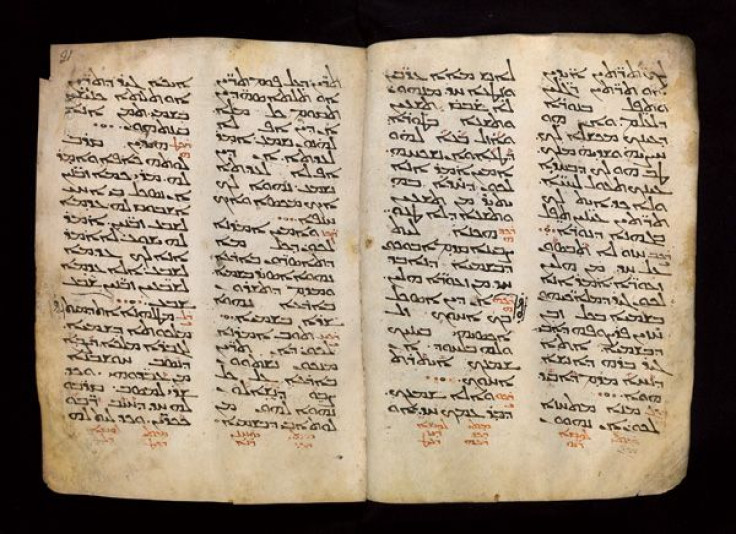ISIS Torches 1,500 Historic Manuscripts In Iraq, Sells Looted Artifacts On Black Market: Report

ISIS militants torched 1,500 ancient, historic manuscripts in Iraq and sold looted artifacts on the black market, one day after the terror group destroyed an archaeological site in biblical Nineveh, the country’s Ministry of Tourism and Antiquities said at a symposium Wednesday, according to the Middle East Monitor.
During a symposium in Baghdad titled “ISIS: The Enemy of Humanity, History and Civilization,” undersecretary of Iraq’s tourism minister Qais Hussein Rashid listed archaeological sites that were damaged and ransacked by the Islamic State group.
Last week, ISIS militants “bulldozed” the ancient Assyrian city of Nimrud and demolished the ancient city Hatra in northern Iraq, south of ISIS-controlled Mosul. Days later, the Islamism extremists ransacked an ancient Assyrian city in modern Khorsabad, about nine miles from Mosul.
Rashid said ISIS also bombed the Shrine of Ibn Al-Atheer and the Mosque of Prophet Yunus days after occupying Mosul in June. The Islamist extremists have sold Assyrian artifacts they looted from the sites, though the ministry said it successfully blocked the sale of some of these Iraqi antiquities at international auctions.
At the symposium, Iraq’s Minister of Tourism and Antiquities Adel Shershab called upon “friendly countries to take a genuine stand to restore the stolen antiquities,” the Middle East Monitor reported.
Since last summer, ISIS militants have wrecked archaeological, civilizational and cultural landmarks within the areas of Iraq under its control. The northern province of Nineveh -- which encompasses Mosul -- is the Iraqi province with the greatest number of archaeological sites under ISIS control. Rashid expressed fear ISIS could raze as many as 520 heritage houses in Mosul, according to the Middle East Monitor.
© Copyright IBTimes 2024. All rights reserved.











